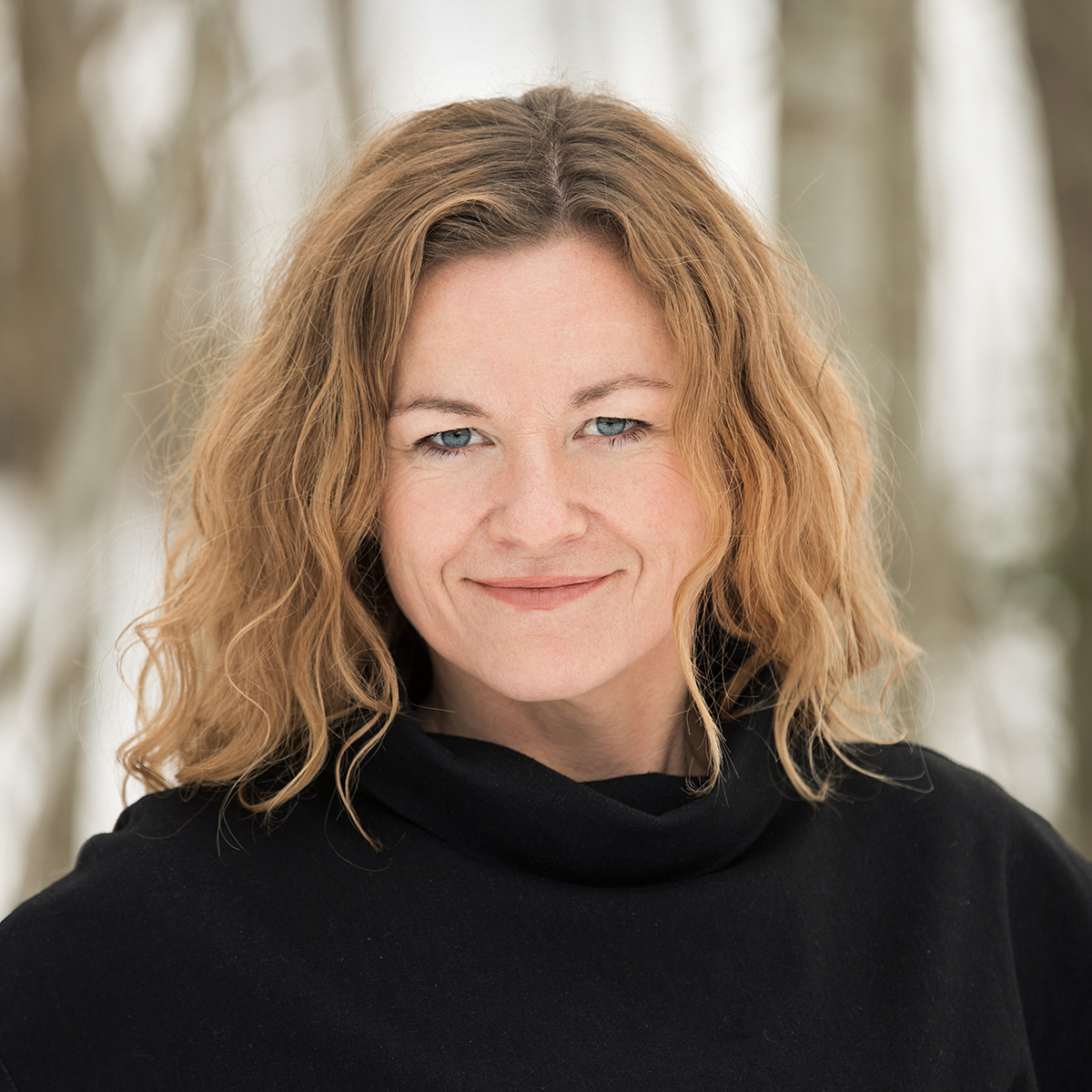Welcome to an update on the research in project FIRE21. This is the second newsletter from the four-year research project about problem-solving networks within the Fire and Rescue Services in the Nordic countries.
During 2022, the research has mainly focused on gathering data from case studies performed by the Norwegian research team led by Gudveig Gjøsund. The collected data lays the ground for continued research in 2023-2024.
In this newsletter, you find a summary of the 2022 research. Welcome to further reading on the website of FIRE21. |
|
 |
| Gudveig Gjøsund, senior researcher NTNU Social Research |
Gudveig Gjøsund, senior researcher at NTNU Social Research in Norway, says:
“I am extremely interested in how different municipalities and Fire and Rescue Services with very different prerequisites fulfill the mandate they have from national authorities about emergency preparedness."
"We have got a lot of data that will be of interest when developing the research field on problem-solving networks and emergency preparedness. Most importantly, we can provide the national authorities with new knowledge that can help them make informed decisions about the future Fire and Rescue Services.", says Gudveig. |
|
|
|
|
| How is it possible to stay prepared in a large area with limited resources of personnel, water, and physical equipment? This is one of the questions that has evolved from the research team in Norway who will immerse into three themes during 2023. |
| Read more about the themes |
|
| |
|
| One of the most important issues for effective problem-solving is that nodes in the problem-solving networks understand each other and that the same language is spoken. This is one of the early observations from the research interviews in Sweden. |
| Read more observations here |
|
| |
|
| What similarities and dissimilarities exist between formal networks and reports on real fire incidents? How can we understand communication that does not follow the formal network? The mapping in 2022 has brought new questions to the research. |
| Read more about the mapping here |
|
| |
|
| The research on how future risk landscapes may be impacted by climate change continues. The national risk pictures of the countries´ emergency agencies, available related statistics, and tools for decision support give valuable input to the research. |
| Read more about the risk landscape |
|
| |
|
| To see the whole picture, not to get stuck in the wrong problem, and thinking outside the box are important for problem-solving. The research has identified several individual qualities to be further investigated. |
| Read more about these qualities |
|
| |
You can read more about what we mean by problem-solving networks on our website.
The goal of the project FIRE21 is to understand and improve problem-solving in the Fire and Rescue services in the 21st century. |
| Read more about FIRE21 |
|
Contribution to the research is always welcome!
Please get in touch with us if you have any ideas or input.
Points of Contact within the FIRE21 research:
WP1: Project management
Margaret McNamee, Lund University.
WP2: Network-based-decision-making in the FRS
Gudveig Gjøsund, NTNU Social Research
WP3: Description of the risk landscape - today and tomorrow
Frank Markert, DTU.
WP4: Problem-solving networks of tomorrow
Christian Uhr, Lund University.
WP5: Dissemination
Lotta Vylund, RISE |
|
|
|